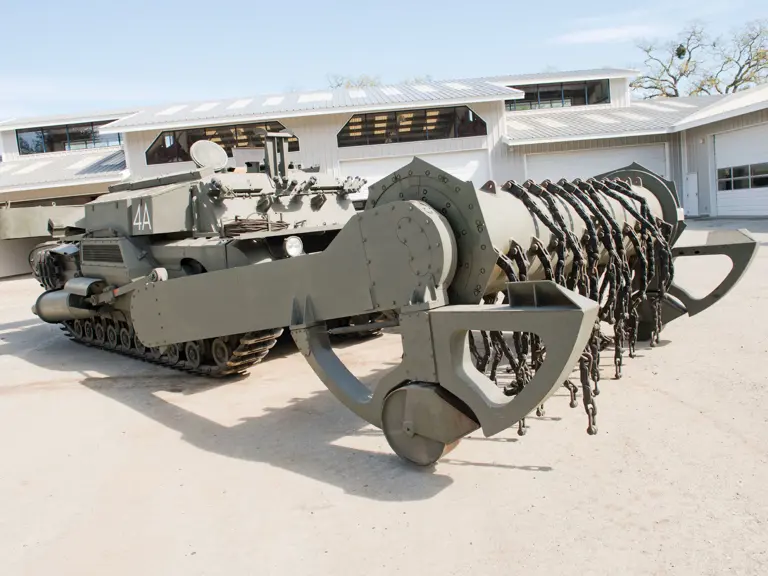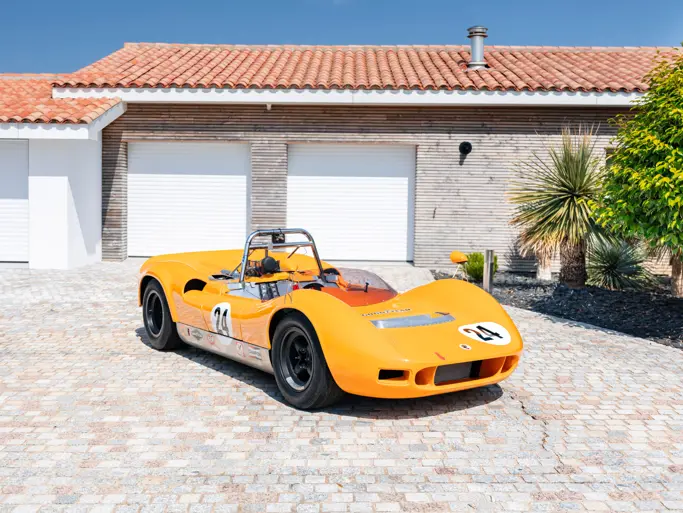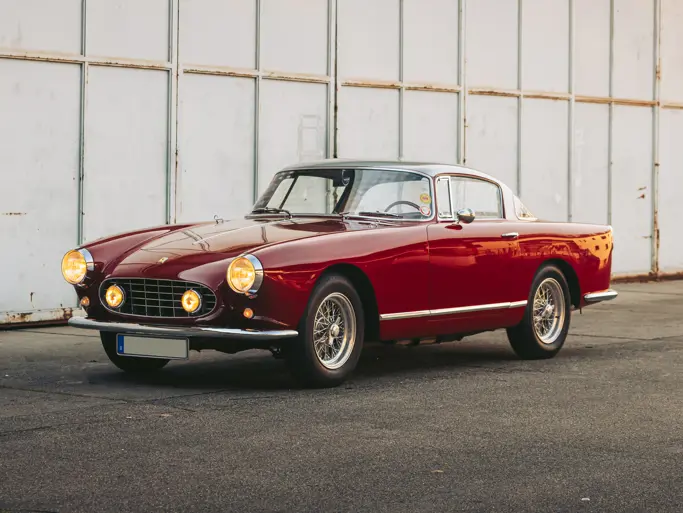 | Portola Valley, California
| Portola Valley, California
Weight: 54-tons (48,900-kg)
Length: 30' 7” (9.38-m) (Flail lowered)
Width: 13' 2” (4.01-m)
Height: 10' 5” (3.20-m)
Crew: 62
Armor:
Front: 5.5” (140-mm)
Side: 3.75” (95-mm)
Engine: 21.2-liter, 12-cylinder petrol, 350-hp
Flail: 27-liter, V-12 petrol, 600-hp
Power/weight: 6.5-hp/ton
Fuel Capacity: 130-USG (490-l)
Range: 50-miles (80-km)
Speed: 12-mph (20-km/h)
The tank being offered here, FV3901 Churchill Toad Flail Tank, is in like new condition. It was completely restored from a rather deteriorated condition in 2008 by RR Services in the UK. It is the last surviving example of the 42 originally built. It arrived at the Military Vehicle Technology Foundation in September 2008. Its paint is in excellent condition inside and out. The wheels and tracks are in excellent condition. The vehicle starts, runs and drives well. The flail was last tested in mid-2008 and worked at that time. It has not been run since then. Twelve smoke grenade launchers are fitted to the front of the vehicle. Tow cables are attached to either side of the Churchill. Six spare track links are fitted to vehicle, three on each side. All hatches open and close normally. The driver's compartment appears to be complete with all controls functioning normally. Video of this Churchill Toad being driven and showing the flail in operation in 2008 can be seen on YouTube. Search under “Churchill Toad”.
The first flail tanks were built in 1942. These Matilda Scorpions were developed following the idea of a South African officer named Capt. Abraham du Toit. The idea was simple enough: use an armored vehicle to clear a path through a minefield by simply beating the mines into submission with a number of rotating chains. Those that did not blow up upon impact would find themselves too badly damaged by the beating from the chains to function correctly.
Various scorpions were built on Matilda, Grant and Valentine chassis, but they tended to suffer from either an exposed, unarmored motor for the flail or a weak system of linkage and gearing. The definitive WW II flail vehicle became the Sherman Crab, which was approved by Gen. Sir Percival Hobart as one of these D-Day ‘Funny Tanks.’
The idea was continued postwar. Churchill by the early 1950s and somewhat obsolescent became a prime candidate for a flail vehicle given that it was heavily armored and the lack of speed wasn’t an issue on a vehicle designed to operate at a walking pace. Thus 42 infantry Tanks Mk VII were converted to “Toad” standard in the early 1950s.
A Rolls-Royce Meteor engine in the hull powered the flail, with the exhaust venting through the roof (with no mufflers!). It would rotate at approximately 150-revolutions per minute as the vehicle would move forward at about 5-mph. In case one had difficulty identifying where the chains were used to beat the bejesus out of the ground, the Toad was equipped with a flag marker system on the rear hull: As the vehicle advanced, every now and then a flag would be dropped from the chain carousel, marking the side of the clear lane. For traveling, the flail could be lifted up and rearwards, onto the vehicles roof.
Slow and noisy, the Toad never saw combat service. Rollers and ploughs proved to be a more flexible alternative, not requiring a specialized vehicle. Later, mine clearing line charges became used as a much faster way of clearing a path in a combat situation. As a result, mine flails today are usually only used for humanitarian de-mining purposes long after the war the mines were laid for is over.
Transport Cost to Storage: $5,808





